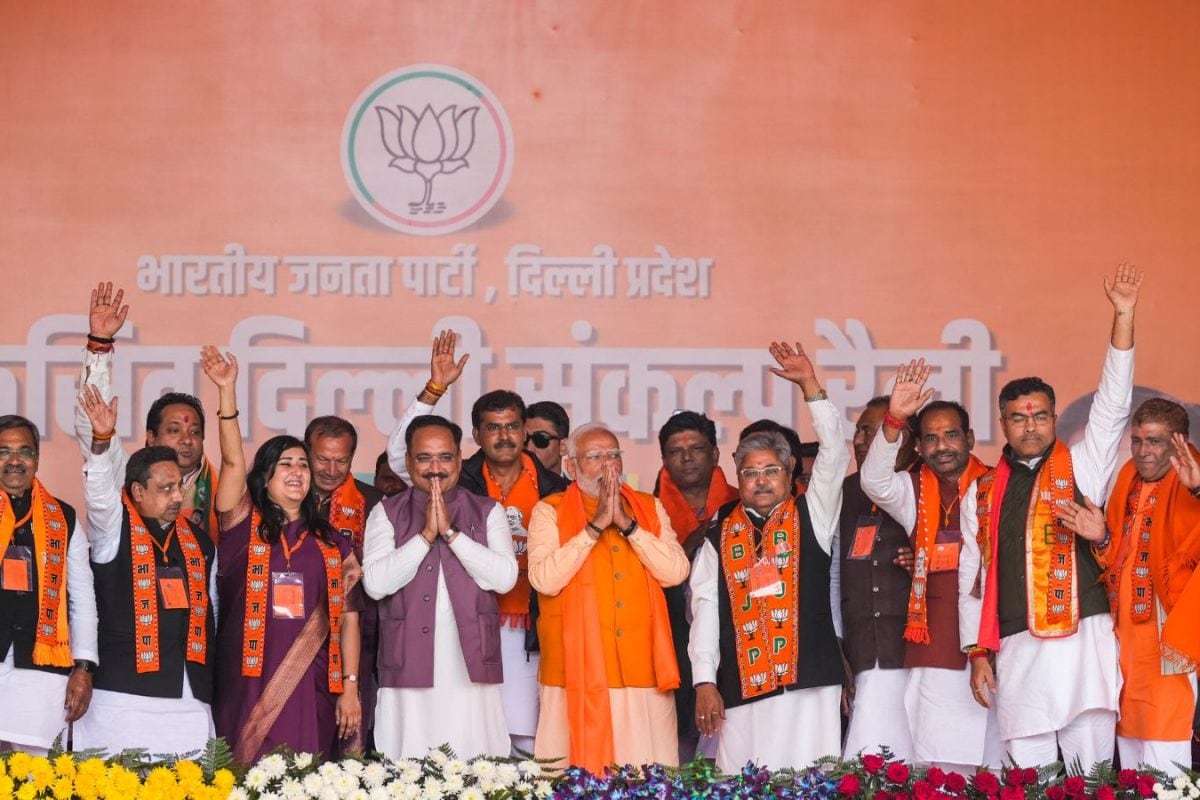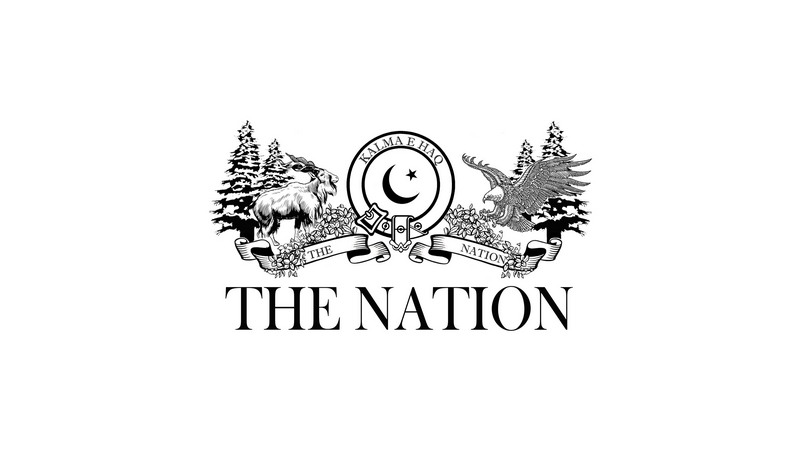
BJP’s back-to-back victories in Haryana, Maharashtra, and Delhi have not only cemented its political hegemony but...
Read More A few weeks after the Lok Sabha results in 2024, the timelines of Congress leaders were full of claims about how Narendra Modi would find it difficult to complete the first year of his third term. In casual conversations too, Congress insiders exuded confidence that Rahul Gandhi’s time had come and that he could ‘topple’ the Modi government any day. Some regional leaders also spoke along the same lines, though with less gusto.

BJP workers sighed with relief that the government was back but felt worried about the changing trends. Nine months into that election, Rahul Gandhi’s prospects of toppling the government are a far cry. There are now serious questions even about his ability to lead the Opposition camp.
The BJP’s back-to-back victories in Haryana, Maharashtra, and now Delhi have not only cemented its political hegemony but also led people to believe that the setback of 30-odd seats was perhaps just an aberration—or a minor speed breaker. Of course, the BJP lost in Jharkhand and Jammu and Kashmir, but winning three out of five, plus a sweep in the Jammu region, is cause for great satisfaction. This becomes even more impressive when one considers the fact that the party was being written off in Haryana and Maharashtra following its Lok Sabha reverses in these two states.
Even more spectacular is the Delhi victory, which BJP supporters had accepted as a ‘gone case’ due to the dominance of the Aam Aadmi Party (AAP) in the assembly for the last three elections. Behind this unexpected and impressive comeback is a tale of continuous course correction, meticulous strategy, and unity of purpose. The most visible course correction seems to be in the manner of campaigning.
Apart from rallies by the Prime Minister and Home Minister, the thrust was strongly on small meetings, with most of the energy focused on door-to-door voter targeting. The focus was on the message rather than on gathering large crowds. The party also avoided making any tall claims about the results and refrained from discussing numbers until the end of voting.
The primary strategy of the campaigns in all three states—Haryana, Maharashtra, and then Delhi—was to reach out to different social strata and impress upon voters the party’s top promises, substantiating them with the claim that only the Modi government could deliver. Special care was taken to ensure that the ‘Constitution in danger’ narrative did not gain traction and cause any damage this time. The BJP and RSS leadership are convinced that this narrative was the primary factor behind the reduction in Lok Sabha seats, as it was interpreted as ‘reservation in danger’.
Party workers were tasked with mapping out areas with a significant SC/ST/OBC voter population and assuring them that this was never a possibility. The party also distributed extensive literature and campaign material to highlight the steps taken for deprived sections during Modi’s 10-year regime. Prime Minister Narendra Modi, Home Minister Amit Shah, party chief JP Nadda, and other senior leaders devoted a significant amount of time to emphasising how the Congress had tried to insult Dr Ambedkar and allegedly work against the interests of the deprived segments of the population.
Many people unfamiliar with Narendra Modi’s working style were apprehensive that, with the BJP falling short of the majority mark, it would have to seek Chandrababu Naidu’s and Nitish Kumar’s approval before every policy decision or major move. Though there were a few hiccups in the initial weeks, the alliance is now quite ‘settled’, with both alliance satraps content to receive due attention for their respective states’ demands while facing minimal interference in central government matters. Issues like the Waqf Amendment, which threatened to become an irritant, also seem to have been resolved amicably.
On the other hand, knives are out in the INDIA camp following major electoral losses. As stated above, regional forces appear suspicious of the Congress party’s intentions, and almost all of them have publicly questioned Rahul Gandhi’s ability to defeat Modi. The RSS has been the biggest force multiplier for the BJP in all three state assemblies.
One may ask, what is new? Has the RSS not always been there for the BJP? Yes, but the energy, meticulous door-to-door outreach, and minute-to-minute feedback provided by RSS Swayamsewaks following the warning bell in the Lok Sabha election became the game changer. The RSS took it upon itself to dispel the ‘Constitution in danger’ narrative from the minds of voters who may have been concerned about reservations and other benefits. Its foot soldiers did not just fan out into the bastis and colonies in large numbers; a well-equipped, technologically advanced centre was set up to collate data, produce videos, clips, crisp messages, and other user-friendly material to drive home key points.
For instance, in Delhi, eight senior functionaries were assigned to coordinate with the swayamsewaks on the ground. Any feedback indicating a challenge for the BJP was conveyed in real-time and countered accordingly. Long before the elections were even announced, details and visuals of the ‘Sheeshmahal’ had reached the devices and homes of every voter—just as material ‘exposing’ the Congress’s doublespeak on Dalits and OBCs had in Haryana.
In Maharashtra, no fewer than ten thousand small gatherings were organised by the RSS across the length and breadth of the state. The BJP, which was battling the twin challenge of a suddenly resurgent Opposition and the low morale of its cadres, has bounced back with confidence. It is now looking to capitalise on this positive momentum in the upcoming Bihar Assembly polls and renewed vigour among its workers in West Bengal.
The author is Advisor, Prasar Bharati and Senior Journalist. Views expressed in the above piece are personal and solely those of the author. They do not necessarily reflect News18’s views.
.















